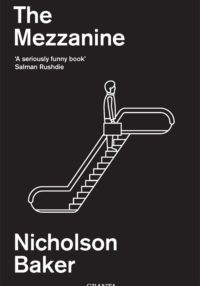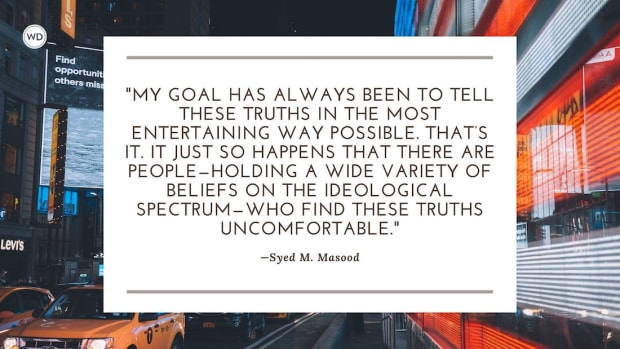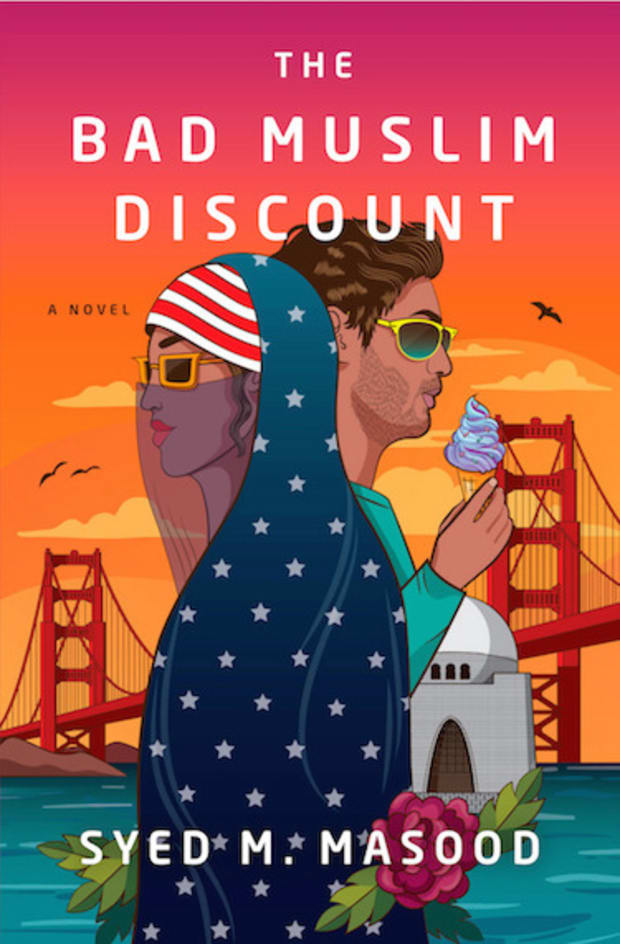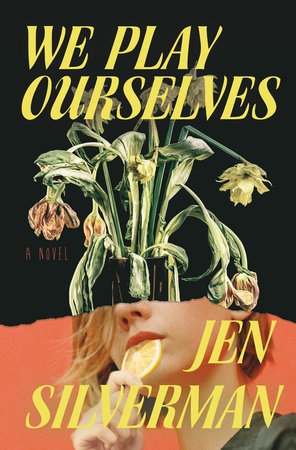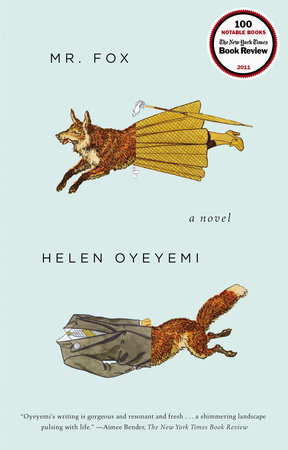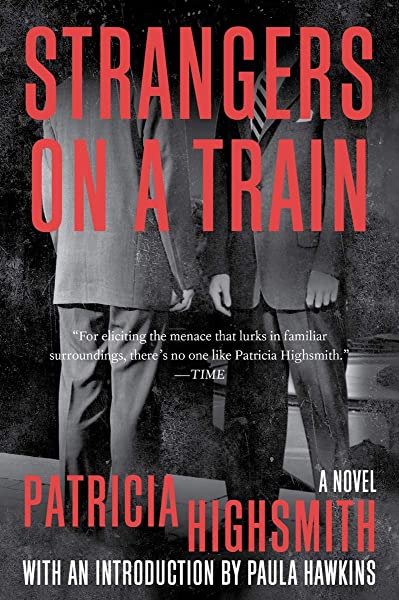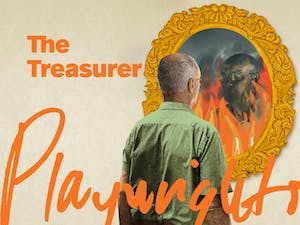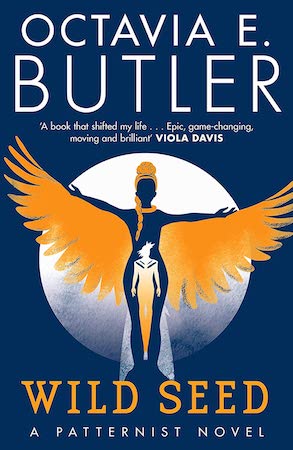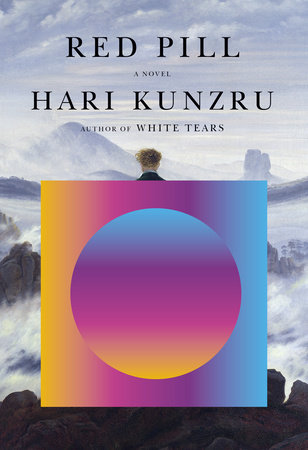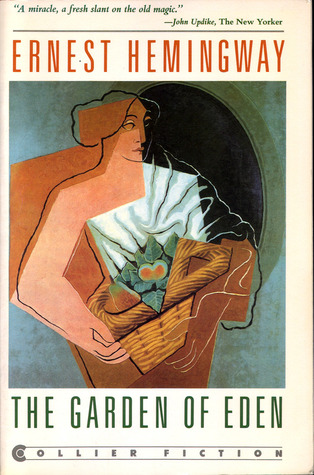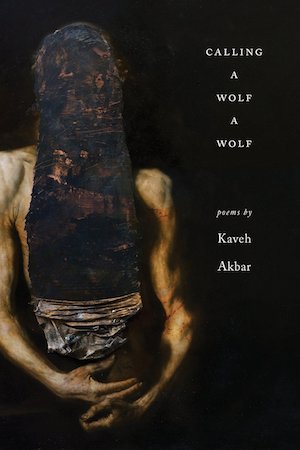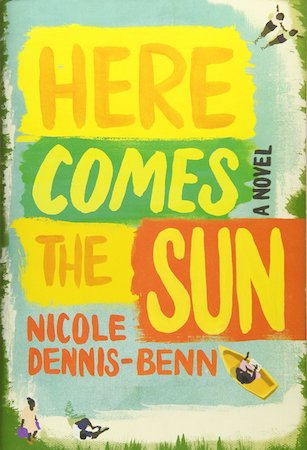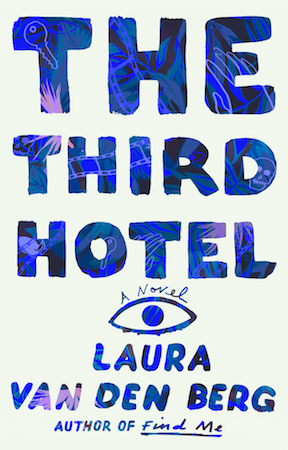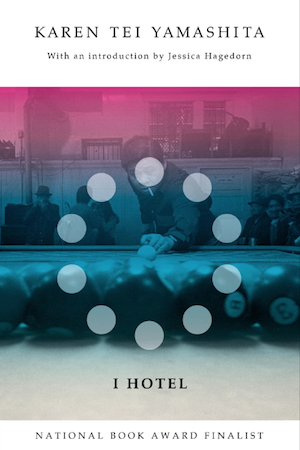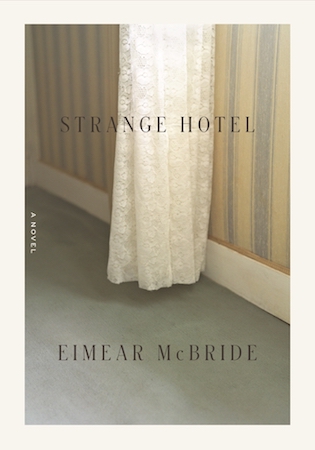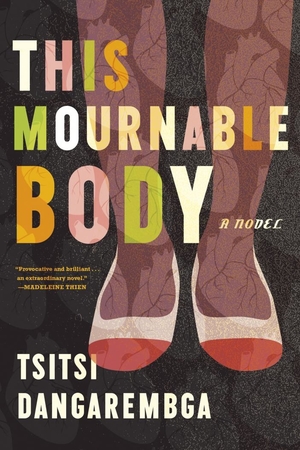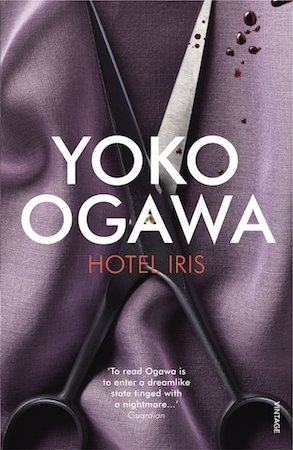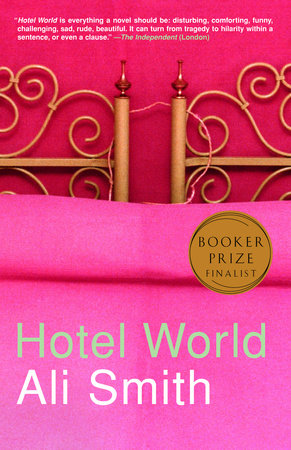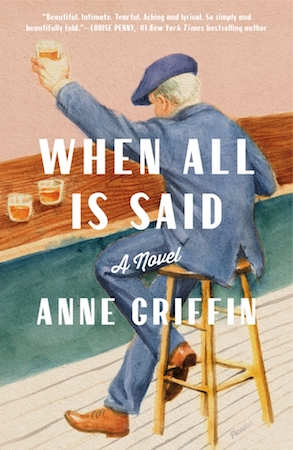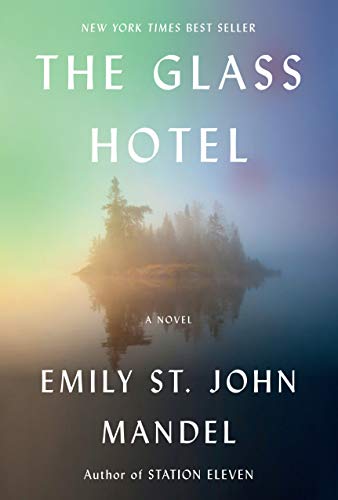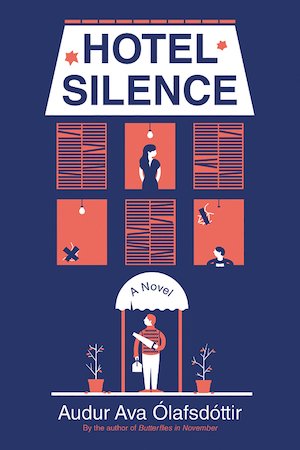I bought the wrong type of yoghurt the other day, which, in the quantity I buy yoghurt (1kg tubs, rather than measly 500g pots; sometimes I buy two tubs, good for about eight days of breakfasts, to save myself an unnecessary run to the shop, because as we both know going to the shop right now is about as lethal as hopping across a minefield, and also because there is something very stark and depressing about a trip to the shop for a singular item, something that speaks of emergency – note the face lone men pull when queueing with just a single four-pack of toilet paper under the arm – and also because yoghurt is most often a breakfast foodstuff, and knowing you have run out of it, before breakfast, necessitates a solo run to the shop, before breakfast, which is something that I am unwilling or at least unhappy to do until I have eaten, breakfast. So you see how buying two kilogram tubs of yoghurt sidesteps a situation where I either have milk with my granola or go to the shop in my pyjamas for yoghurt only, either way spoiling my day before it has truly begun), has the potential to ruin my entire week. The yoghurt I had bought was strained Turkish yoghurt; the yoghurt I had intended was smooth Greek-style. As I portioned it out, I was struck by the micro-level difference between the two yoghurts – more or less the same recipe, bisected by the Aegean Sea – which should be identical but, for whatever cultural reasons, are not. Turkish strained yoghurt, I observed, tends to coagulate in a firm clump, and accrue a green-yellow ‘sweat’ on top of it when left to sit overnight in the fridge; Greek-style, creamier and richer somehow, has a more clotted cream mouthfeel I personally prefer, but lacks that same smack of tang. ‘Hmm’, I thought, as I stood at my kitchen island and marvelled at the differences between two yoghurts, ‘the difference between Greek and Turkish yoghurt: that is very interesting.’ I was wrong about this: nothing is fascinating about yoghurt.
Here’s the thing that reading The Mezzanine (or re-reading: this was my third trip through1) quietly convinces you: that every thought you have is deeply profound. On its surface, it’s a book about a man going about chores on his lunch break, buying shoelaces, milk, a cookie and a hotdog, having a piss and then going back to the office up a sparkling and newly cleaned escalator. And that is it. But obviously that’s not it, because beneath that, in between all that, are frenzied and fluttering trains of thought that weave in and out of each other, on everything from straws (paper vs. plastic) to shopping bags to the gurgling horror of chewing food and drinking milk at the same time, to marvelling, earnestly, at how beautiful the rust and dust and garbage of our world can possibly look against a clean background. It’s about following that particular flavour of thoughts – the ones that occupy a bored or chore-doing mind, but never become concrete enough to say out loud, that never accrue enough significance to explain to another human being – to their natural conclusion. It’s like taking an escalator trip into someone else’s mind for an hour, finding nothing of actual substance up there, and realising, as you retreat mournfully back into your own skull, that there’s nothing there, either. No matter how smart we are, no matter how many master’s degrees we earn or philosophy we read, we are just animals that evolved enough anxiety to worry about whether the man at the urinal two stalls over has noticed we haven’t started peeing yet.
One thought I have raised – jewel-like, from the thought-swamp that is my brain – is this: The Mezzanine is a coming-of-age novel, and arguably one of the best.2 Baker’s protagonist Howie is at a teetering stage of young adulthood – three years out of college, at his first job and in the early salad days of his first ever big relationship, friendless and stranded in a mediocre office position that seems to offer no opportunities to either go up or down – a sort of beige morass of life, one you get to when you finally escape adolescence and education and realise, after your 36th straight paycheck hits, that you haven’t graduated instantly into a vibrant and exciting adult existence, but instead the same mediocrity that made your dad zone out in front of the telly for an uninterrupted hour when he used to come home from whatever bullshit he did for work. The titular mezzanine on which Howie’s office is set is a viable metaphor for the stage he’s at in his life during the book: a sort of shelf to pause on, a halfway step between the electric first few days of Technical Adulthood and a year or two of experience away from the realities of Actual Adulthood, caught in a limbo in between. He is obsessed with the idea of scrubbing out childhood and emerging smoothly into an adult brain, as if it’s ever been that easy. It’s coming-of-age by choice: a hardcore rejection of childishness, by having grown-up thoughts like, ‘That janitor has found an interesting way of cleaning an escalator’.
This is what makes The Mezzanine both (i.) deeply funny and (ii.) oddly reassuring: it’s hard to think of any example in the vast archives of literature that so effortlessly characterise those half-thoughts we all have when our mind starts to wander. When I was a kid – and I’ve obviously never told anyone this, because it is insane – I used to have this game I would play with myself when the school bus would run through the last ten minutes of the route, through the busy streets up to my school: seeing other children walking along in their backpacks and holding their huge cased instruments, I would imagine I was holding a huge samurai sword firmly out of the bus window, which – with the momentum of the bus, plus the exquisite sharpness of the sword – would (painlessly) of course slice every person it came across (plus the metal roofs of any nearby cars, scraping open like a tin of fish being peeled apart) neatly in half. If I had ever vocalised that thought to anyone – a school nurse, perhaps; a diagnostic professional – then I would probably be typing this to you with the single fingertips allowed to jut out of the ends of my straitjacket, from the deep inner core of a secure facility. But in The Mezzanine I see these thoughts made flesh, given legitimacy: when Howie hums and rumbles up the escalator he’s spent the best part of two chapters being obsessed with – watching as it is cleaned, dreading an interaction from a half-colleague travelling down the other way – he plays an internal game to see if he can travel the entire length of the trip upwards without anyone stepping on to the stairs at the bottom, and receives a self-inflicted psychic wound when he loses. We are all doing stupid humdrum nonsense like this, every second of every day. But no other book comes close to actualising it.
I was worried that, dipping into The Mezzanine for another (a third!) read, that it would start to creak and feel dated: that, in the particular moment of the attention economy we are living through, a book celebrating the beauty of a wandering mind on a clear-skied lunch hour, something no one has really had since push notifications were invented, would feel as musty and ancient a book about ‘petticoats’. Instead, the opposite: The Mezzanine still feels like a current, real account of the human brain even now nobody can go for a walk without listening to a podcast, nobody can work without listening to music on headphones, nobody can enjoy a meal without showing everybody they’ve eaten it and no one can watch TV without also looking at their phone. Your best and most honest thoughts still come in the shower or while you’re doing dishes. The best way to tempt a brain into the beautiful thinking it is truly capable of is to occupy 40% of it with a menial task. It also acts as an artistic study in the quiet misery of a mediocre office life (I first read The Mezzanine while working one of the worst jobs of my life, and as a result found the sections where Howie stamps his hand with a date stamper out of the sheer need for something to do particularly affecting), but also revels in the joy of life as it forms around us, when we just slow down to notice it: yes the world is scary, yes death is inevitable, yes work whittles away the best hours of our day and the best years of our lives, yes the best thing many of us can ever dream of is the quiet serenity of a middle-class domestic life. But look! Sometimes a clear day and a good cookie come along. Sometimes a vending machine elegantly twists a bag of peanuts your way, and sometimes you whistle a cheerful tune in a gent’s toilets and, later, someone whistles it right back. The Mezzanine finds Howie at a frustrating loose-end moment of his life, but it is still a life filled privately with joy, and there’s something hopeful to be taken from it. It’s just the act of doing so will make you think too hard about for example ‘yoghurt’ for ten or twenty days following that.
1 I toyed here with the idea of saying ‘third or fourth trip’ through The Mezzanine here, because, when talking about a 130-page book, one I frequently describe to people as “my second-favourite book ever written”, only having read it a few times seems underwhelming, somehow. And casually hinting that I might have read it, not three times, but four, seems deeply stylish and intellectual (imagine losing count of the times you have read a book! How chic!). But then also note the difference between having read a book three times (a lot, but still within the range of normal) and four times (the behaviour of an obsessive): something weird tips over the small inch between those two numbers, changes my absorption of the book from healthy to unhealthy. Think of it like movies (even a short book takes longer to read, by a number of hours, than a movie): how many films have you watched – really watched – four times? I tried to reach back into my memory palace and figure out which films I have seen four entire times, and came up with only two: Pulp Fiction and, bizarrely, Shrek 2. And two of those instances of Shrek 2 were on the same hangover. Nothing, truly, needs to be relived four times. I don’t care how smart you think you are.
2 There are notable similarities between The Mezzanine and the classic C.O.A.N., The Catcher in the Rye: both are slender volumes that are incredibly difficult to find with a non-ugly cover. With the zig into YA in recent years, where every teen protagonist has to find themselves via a strange new form of dystopian combat, there is a dearth of classic coming-of-age novels about the actual world we live in, but if you wanted to write one you’d do worse than to follow the aesthetic rules set down by Catcher and The Mezzanine: short and very ugly. Except the new 2021 Granta reissue! Obviously!
Photograph © Randal Whitmore
The Mezzanine is available now, reissued as part of Granta Editions, a collection of outsider classics.
The post <em>The Mezzanine</em>, or: The Most Important Book About Nothing You’ll Ever Read appeared first on Granta.
